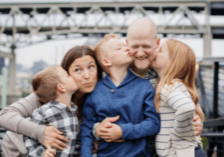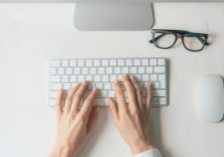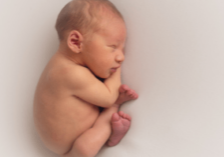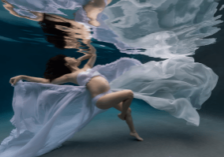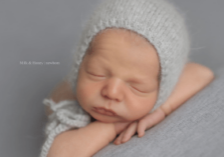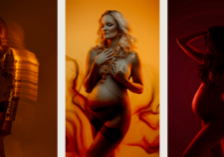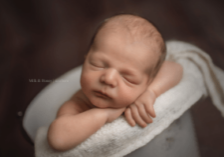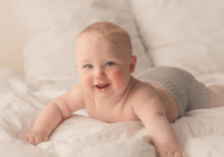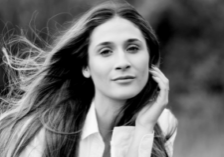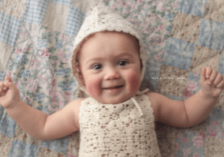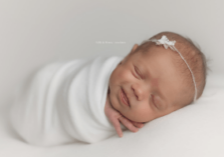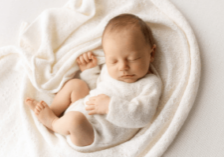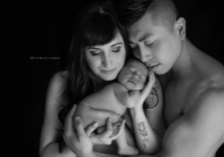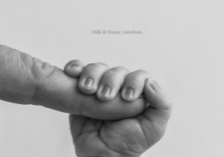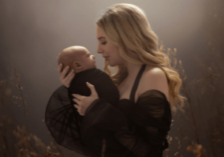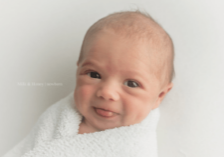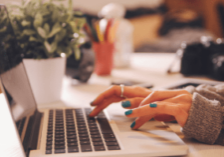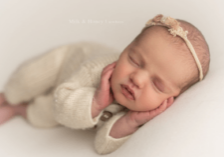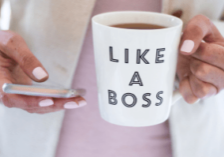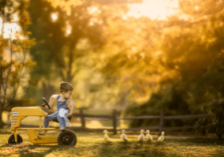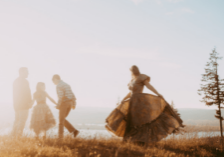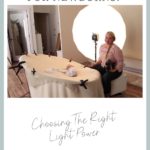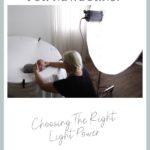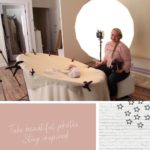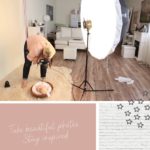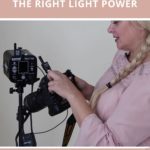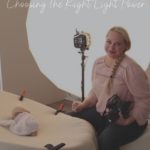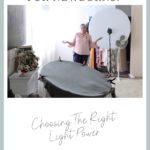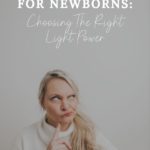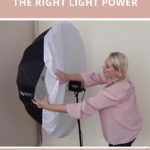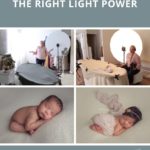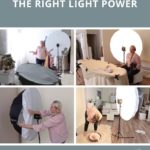Studio Lighting for Newborns: Choosing the Right Light Power
Bigger and more powerful lights are not better … well, at least not when it comes to choosing studio lighting for newborns. We’re looking for light systems that can create soft light that wraps around the newborns, and that looks like natural light.
And to do that, you need a system that can produce light at a very low power – easier said than done with many commercial studio lighting options out there today.
Discover WHY you need lower powered light and the difference it makes in newborn photography.
Prefer to read about studio lighting for newborns? Here you go:
When it comes to studio lighting, there’s a misconception that more light is better. That is not the case when it comes to newborn photography.
When you’re getting started with newborn photography, specifically with studio lighting, it can be super overwhelming looking at all the different choices of lights that are on the market. You’re not sure what to look for, you’re not sure which wattage or how much power or even what they do.
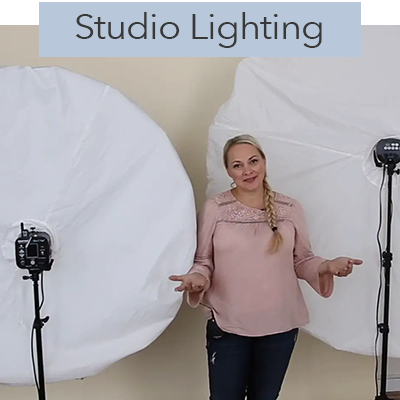
This can be quite a complex topic, and we dive into it in depth in the Studio Lighting for Newborns course, but to start, I just want to share with you my one biggest tip when it comes to looking for studio lighting for your newborn sessions.
High or Low Power?
All light systems are not created equal. There are some lights that are crazy powerful, because they need to overpower the sun. Or ones that need higher power for bigger groups. Or to create a impactful fashion photography look.
That is not what we’re doing with newborn photography. We need low power lights that will go low enough to mimic soft, indoor, natural light. The system that I use is the Einstein 640 from Paul Buff. I’m not sponsored by them – I just happen to love their low powered light system!
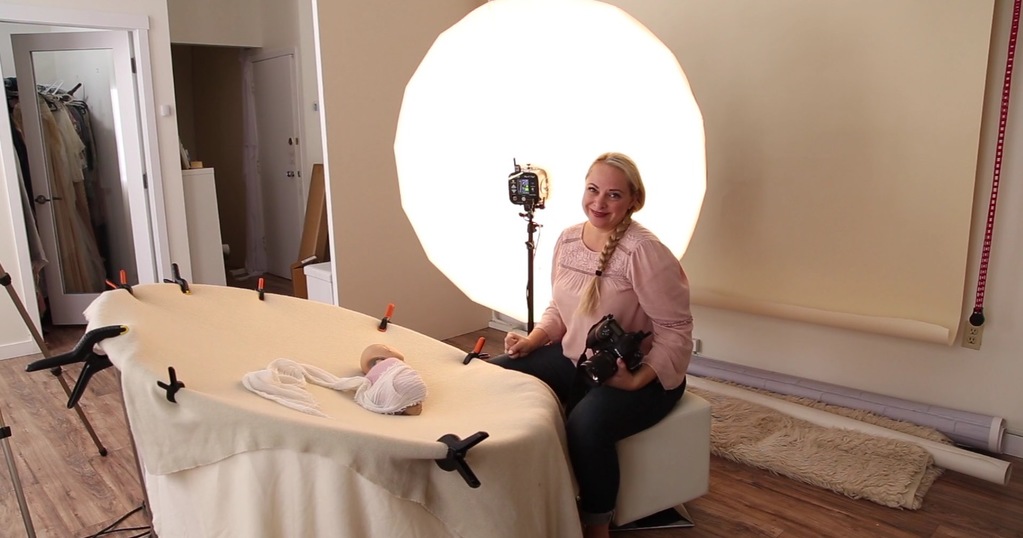
So when you are shopping for studio lighting, look for a low powered system. And if you’re just getting started, check out our Beginners Guide to Studio Lighting for Newborns!
Simulate a natural light look
The first reason is to achieve soft, natural-looking light as mentioned above. You’re essentially trying to simulate a giant window with soft light pouring in.
The first image below is taken with natural window light, while the second is taken using studio light. As you can see, the light is soft in both images with similar skin tones. In essence, you don’t want people to be able to see any difference between natural and studio light!
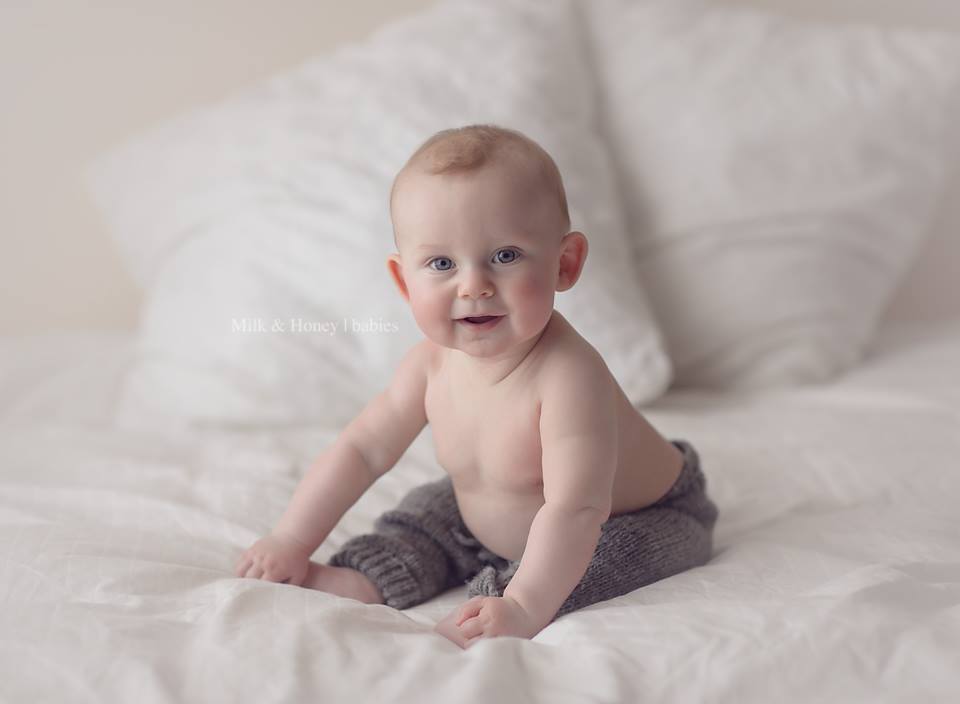
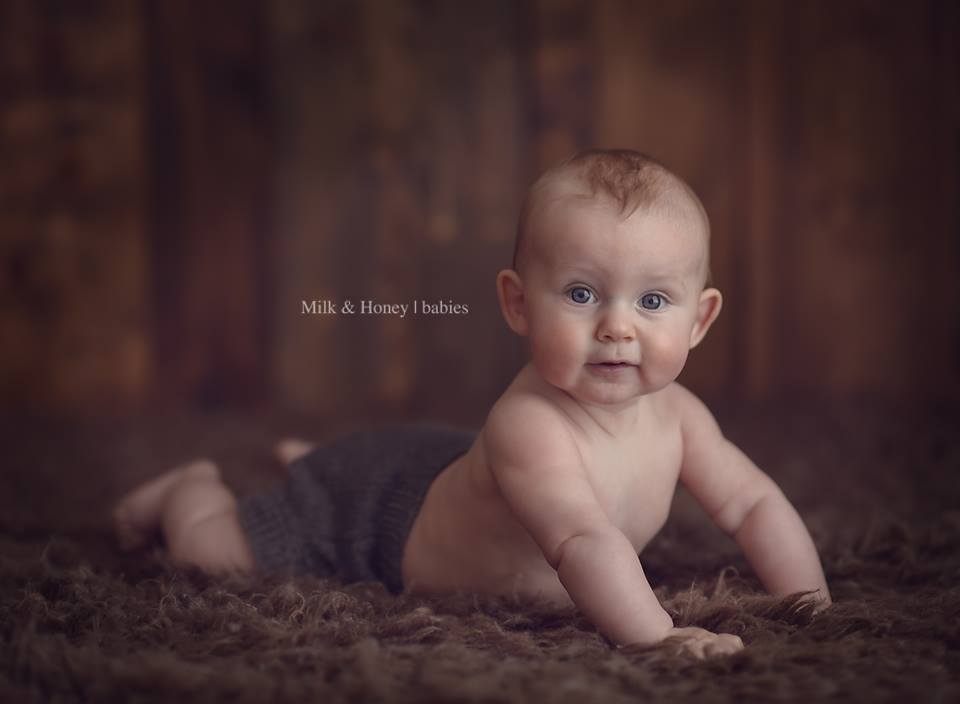
Achieve beautiful bokeh
But also, you typically want to shoot as wide open as possible during your sessions. When I’m photographing a newborn, I’m usually using my 35mm lens, and I use an aperture around f2. If you’re using a high-powered light, you are not going to be able to open up the aperture to be that wide. Choosing a wide open aperture with a high-powered light will blast too much light into your image, and would have to stop down your aperture to f5.6 and higher, and that’s not going to give you those yummy, dreamy soft backgrounds that you want.
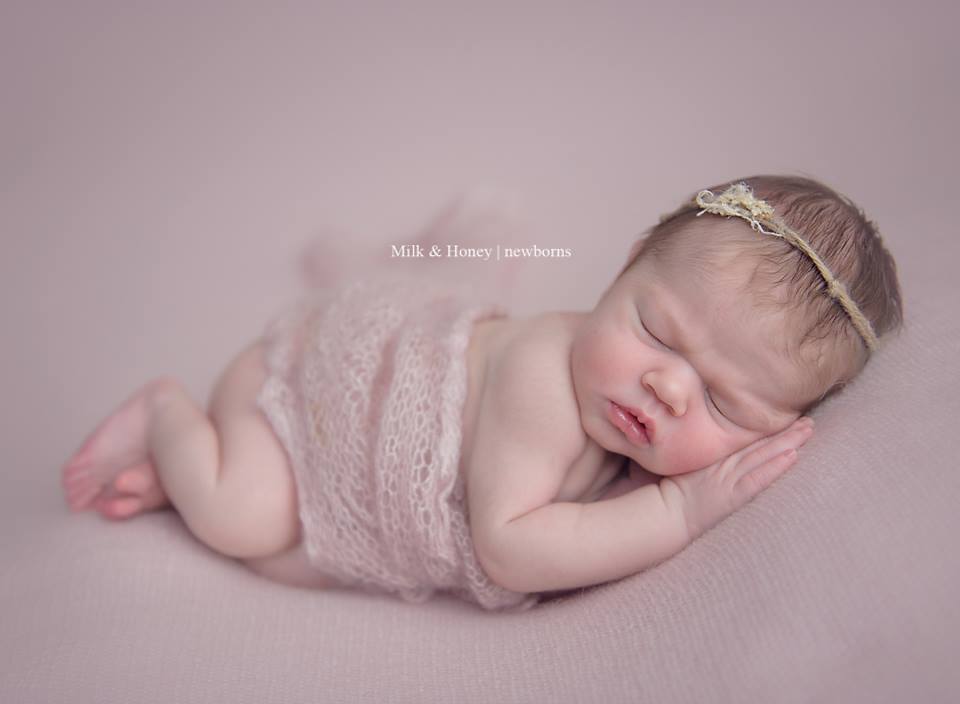
Minimize deep shadows
This is also true for prop shots. Having a low powered light will give you the ability to have that blurry background behind a prop. With a higher powered light, you would have to set your light to be further away, which creates deep shadows, which we don’t really want.
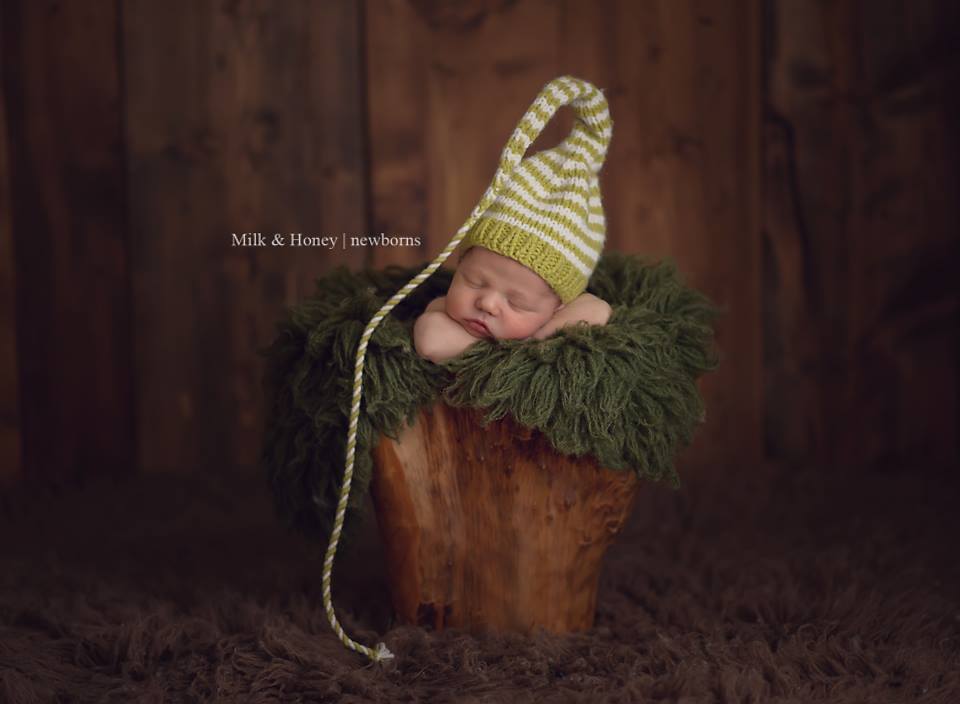
So when you’re comparing studio light systems, lower is better (and usually cheaper!). Yay!
share the love
[Sassy_Social_Share]
related
Posts
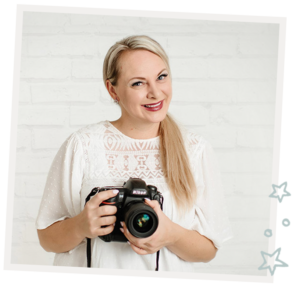
I'm
Lisa DiGeso
I’m on a mission to create uplifting online experiences for photographers ready to elevate their art, their business and their mindset.(...and have fun along the way!)

